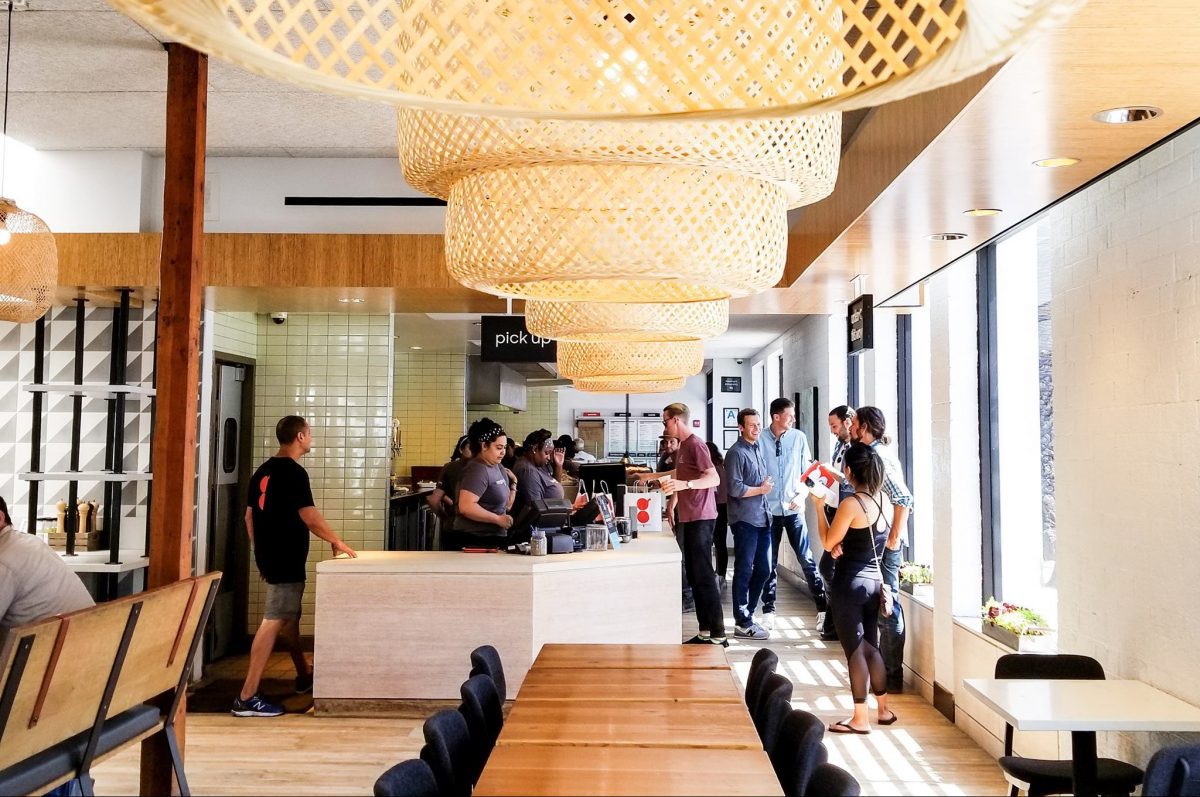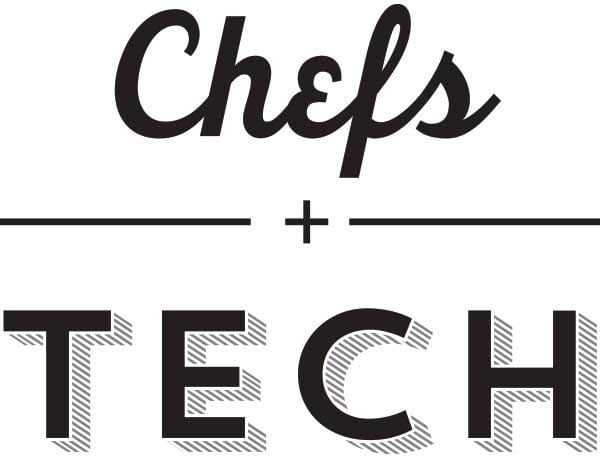Chefs+Tech: How Big Data Enhances Good Hospitality

Skift Take
 Editor's Note: In September we announced that Skift was expanding into food and drink with the addition of the Chefs+Tech newsletter.
Editor's Note: In September we announced that Skift was expanding into food and drink with the addition of the Chefs+Tech newsletter.
We see this as a natural expansion of the Skift umbrella, bringing the big-picture view on the future of dining out, being fanatically focused on the guest experience, and at the intersection of marketing and tech.
We publish C+T twice weekly.
How Big Data Enhances Good Hospitality
When applied correctly, technology streamlines processes and helps restaurants run more efficiently. It also helps staff manage the flow of guests and understand more about the people who are dining at a restaurant. The New York Times has a quick look at a few companies tackling the collection and application of restaurant data, from table turns to customer spend and loyalty.
Erik Oberholtzer, founder and chief executive at the expanding Tender Greens, sums up the big data challenge as it applies to restaurants: “The goal is to leverage the technology to do what we would do if we had one little restaurant and we were there all the time and knew every customer by name.”
Thanks to the systems restaurants use, collecting data on everything from popular menu items to customer loyalty is reasonably easy. What’s more challenging, though, is applying that data in fast, easy-to-understand, actionable ways that help time- and resource-crunched restaurateurs do better business. Currently, many restaurants use disparate systems to manage different parts of the business. For example, according to the article, Tender Greens uses three: one for in-store sales; one for online orders and delivery; and a third to track customer loyalty and purchase history. Using many different systems often means having to apply information from one to another — potentially losing some useful data in the process. Other, newer systems — like NYC-based Salido — are working to streamline this process and create a one-stop shop for all data and analytics from server performance to menu trends and ingredient sourcing to customer preferences and order history.
Still, as the technology improves, restaurants are smart to balance the “old-school” high-touch ethos with newer technology. Of course, the Times quotes Will Guidara, co-owner of New York’s Eleven Madison Park and now-legendary Googler-of-guests here, where he says that lots of technology is great for certain restaurants (his fast-casual Made Nice included here), but for others, traditional methods are best.
The Taco bell Naked Egg Taco: A Lesson in Viral Marketing
Surprising approximately no one, Taco Bell's latest creation was created, in part, thanks to Instagram. The Naked Egg Taco is a breakfast dish that consists of a fried egg shaped into a taco shell, holding the rest of its ingredients: potato, bacon or sausage, and cheese. Emili Matsumura, senior brand manager at Taco Bell, tells Munchies, "We were thinking about the "tweetability" or how "Instagrammable" this product would be, and our team thought, 'Well, what if it's actually a fried egg instead of an omelette shell? So that you actually see the yellow yolk?'" Enter the Naked Egg Taco, which, curiously, is actually a unique spin on breakfast ingredients. I mean, seriously, how many ways can you put eggs, potatoes, meat, and cheese together? The innovation keeps coming.
The breakfast item will be available for a limited run starting August 31, but diners in Orange County, CA; Austin; and Chicago were able to schedule a sneak peek (taste?) at the taco by booking a table via OpenTable. Somehow, this works even though the prospect of using OpenTable at an ordinary Taco Bell is beyond strange. Also, this reminds me of the Cheetos Restaurant in New York earlier this month — it's not so much about selling the item as selling the idea of innovation to diners who will never walk through the door.
The fact that brands — especially fast food and, dare I say, junk food brands — can create and sell out a pop-up restaurant experience using an online reservations service is kind of nuts, right? Is it even a restaurant? What is happening? Well, what is happening is, much of the actions surrounding the dining experience are happening online. We discover restaurants through photos, lists, recommendations, and algorithms. We reserve a table with a few taps. We find out-of-the way special locations with Google Maps. The only part that can't be digitally transmitted is the actual cooking or serving of the food, though I sure wouldn't complain if I could tap to order one of those breakfast tacos for delivery.
Offal Finds a Home on Menus Nationwide
What may have started as an attention-grabbing tactic has evolved into a full-on trend, according to Bloomberg. Offal, or organ meat, is rising in popularity at restaurants across the country. "The times have changed. People are now accustomed to eating chicken liver mousse and foie gras, and our customers are excited to try new things," says one Houston chef, quoted in the piece.
Besides being trendy, offal makes economic sense for restaurants, too. For one, offal meat like hearts or kidneys is often cheaper than costlier cuts of muscle meat. It's also a way for the kitchen to use the entire animal, making money on parts that it might otherwise throw away. And there's the creativity aspect; I'm not a chef, but I have to imagine coming up with creative uses for ingredients like brain is pretty exciting. Also, offal is delicious.
(P.S. If you're in San Francisco, +1 to Bloomberg's recommendation to eat at Chris Cosentino's Cockscomb. It's delicious and he's a fantastic chef!)
Digestifs
- McD follows in footsteps of KFC, gets rid of antibiotics in chicken — Fortune
- Are there health benefits to New York City's menu calorie counts? — AP
- Watch the trailer for Anthony Bourdain's food waste documentary — Eater
- Restaurant rent in London has gone up 50 percent over the last five years — CNBC




